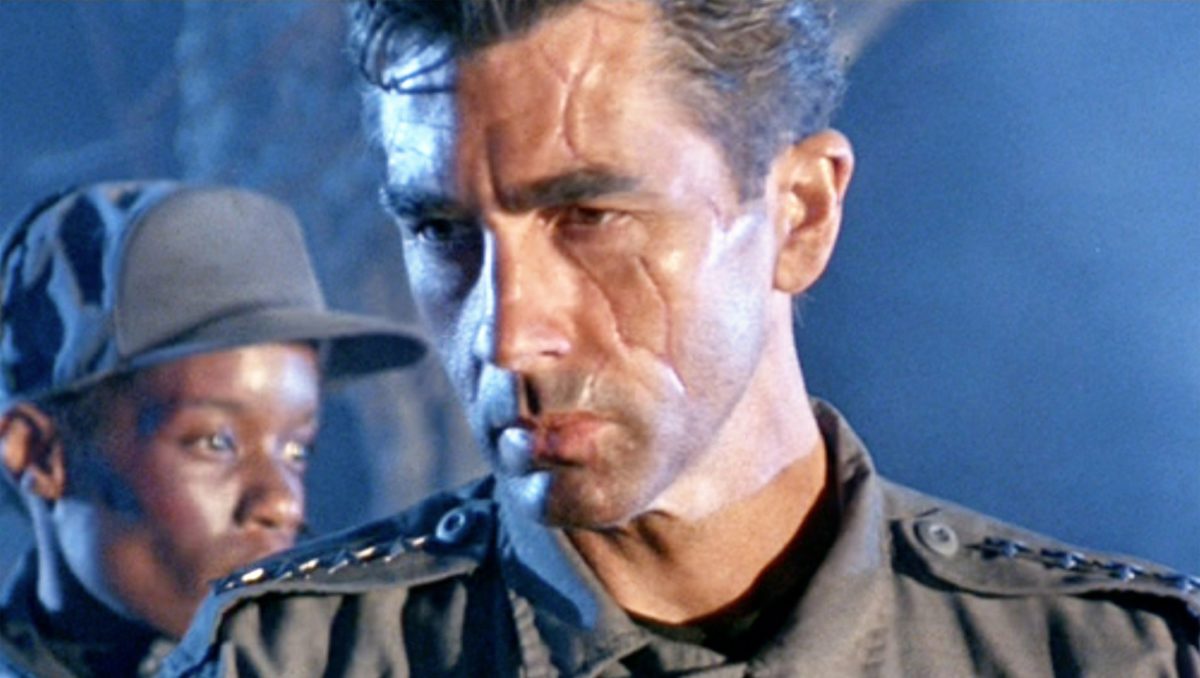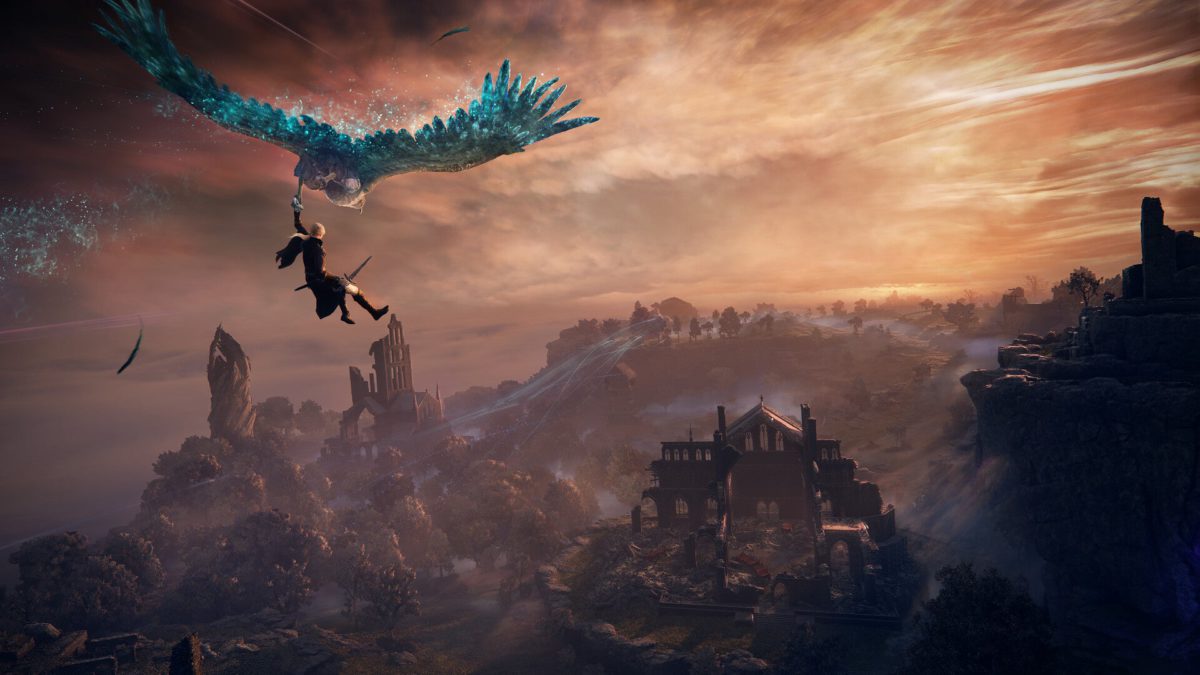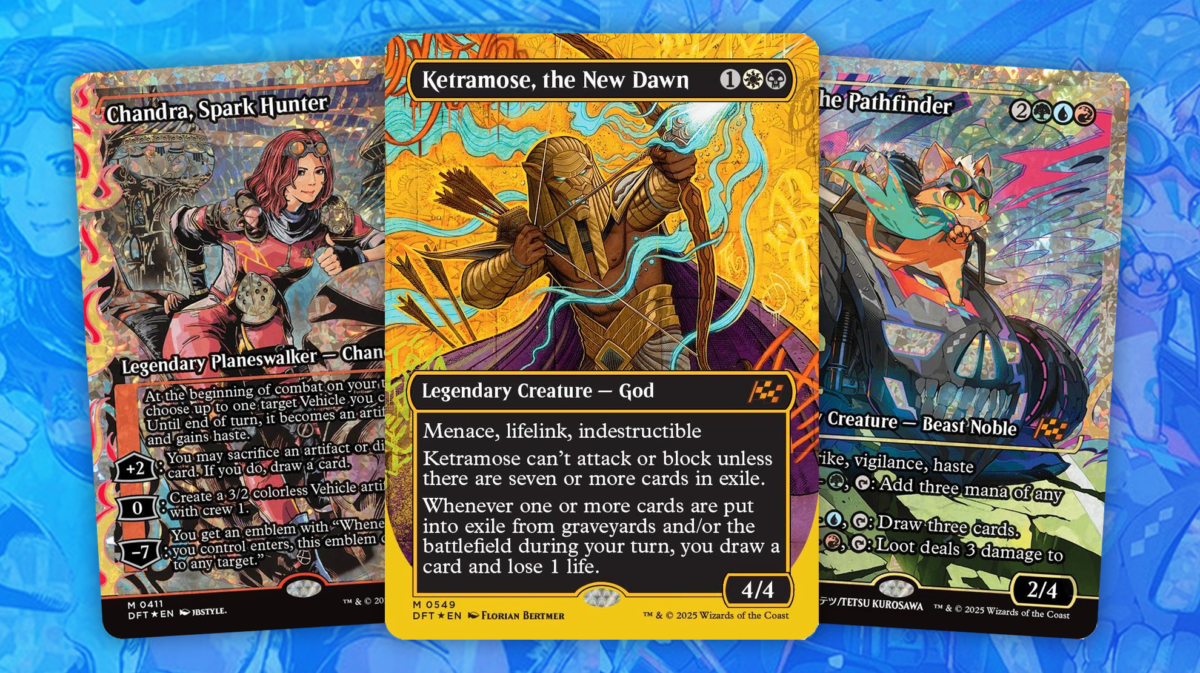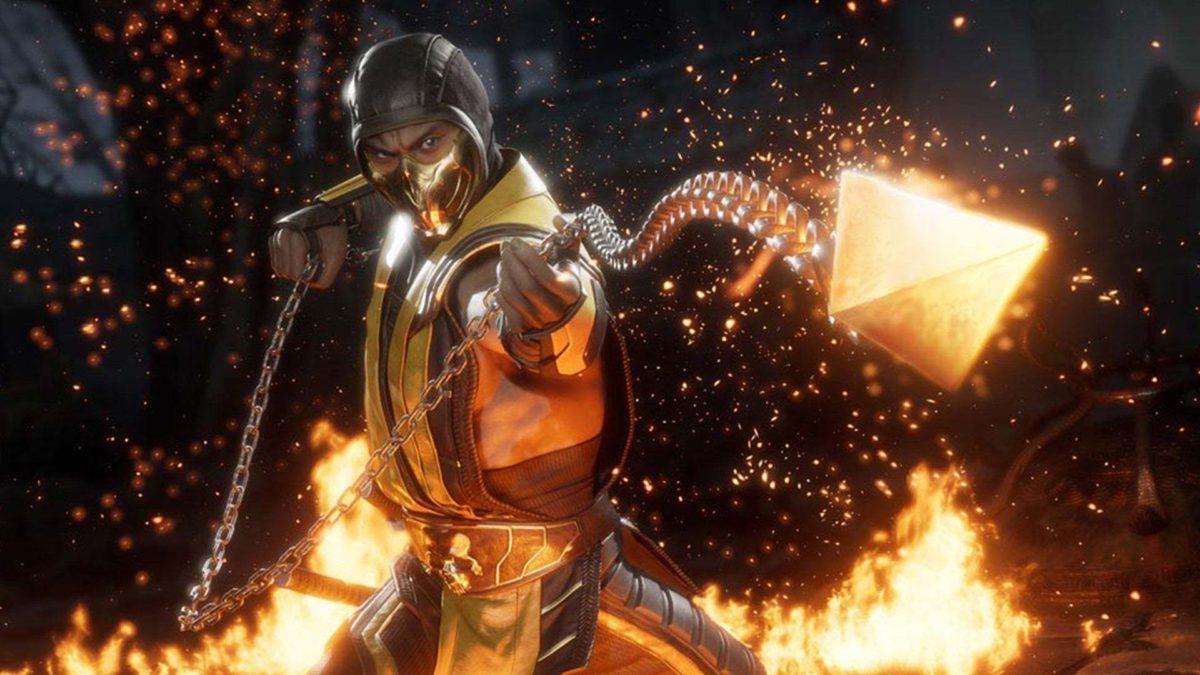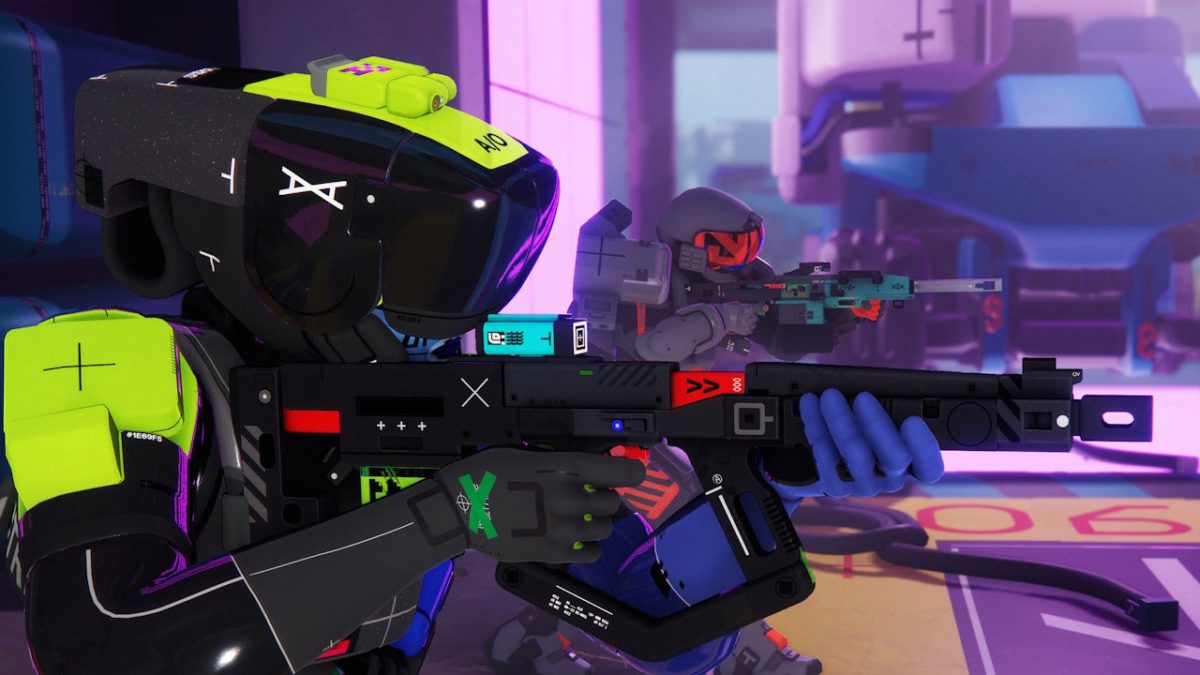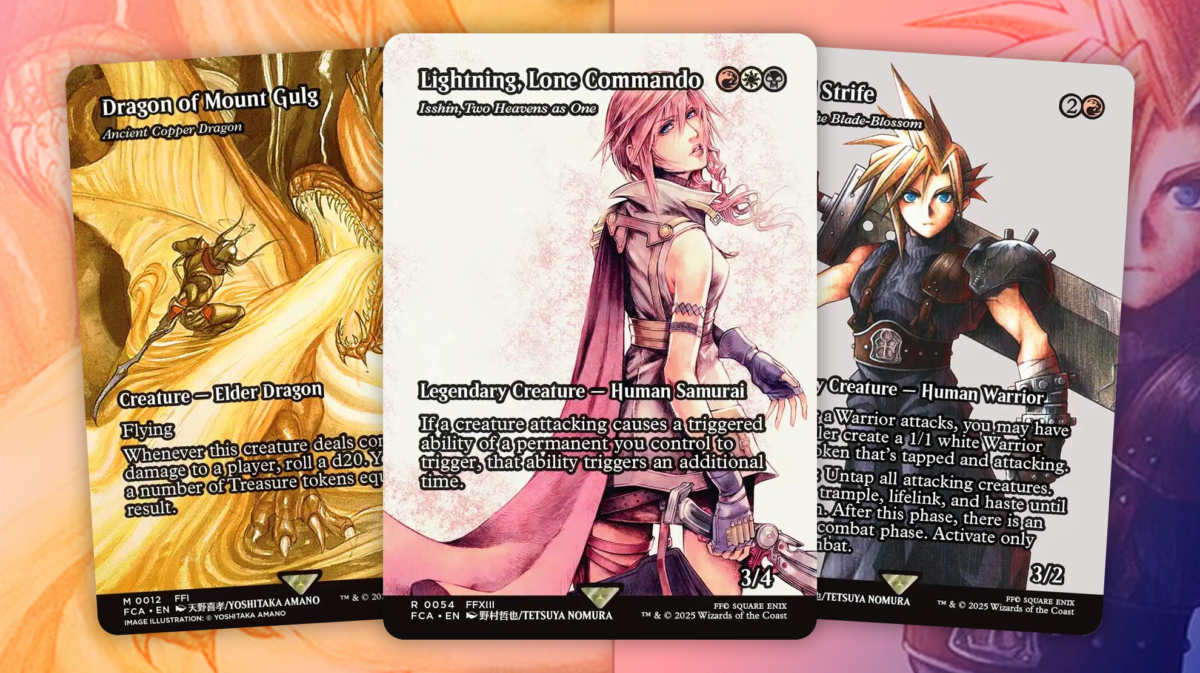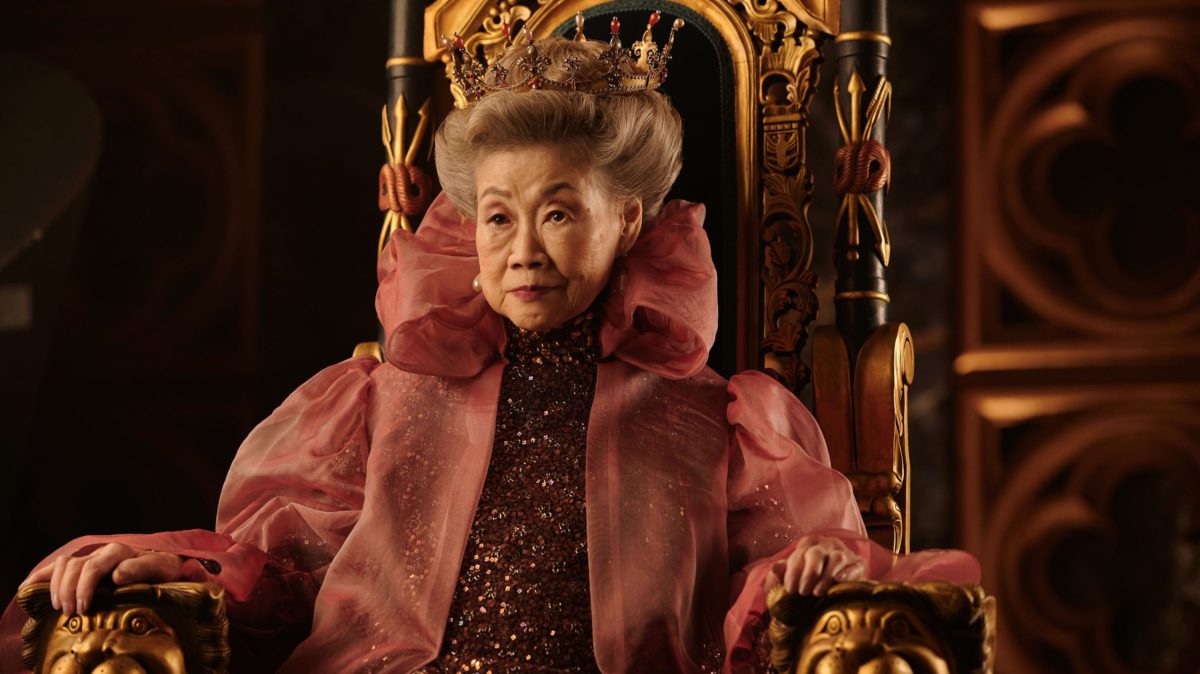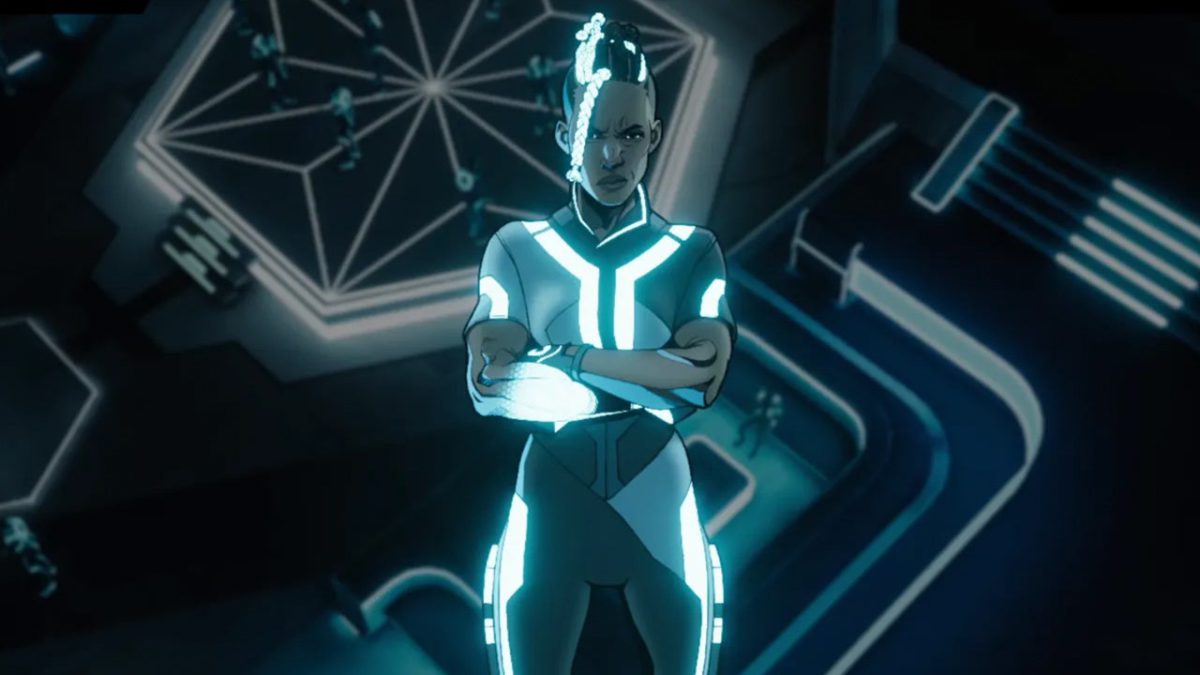
If you’re making a Terminator video game, you ideally want to be able to include Arnold Schwarzenegger in all his glory. That, however, isn’t always possible. Why? The developer of an upcoming Terminator video game has offered an explanation.
Terminator 2D: No Fate, due out this September, is a retro game based on 1991 action masterpiece Terminator 2: Judgment Day. It features iconic characters from the movie, such as John and Sarah Connor, the T-1000 and the T-800. Check out gameplay and comments from the developers at Bitmap Bureau in the video below.
But while Terminator 2D: No Fate does feature the T-1000 and the T-800 characters, it does not feature Arnie’s likeness. Speaking to IGN, publisher Reef Entertainment explained why, and in the process lifted the lid on how licenses like these tend to work for video games.
Reef, with the Terminator 2 license to play with, has the rights to use the characters from the movie such as Sarah and John Connor, and on top of that, it has image rights for certain actors who have provided those rights to Studio Canal, which owns the rights to the first two Terminator films, as part of the agreement.
But the rights to use the Terminator itself does not include the rights to use Arnie’s likeness. That’s why Terminator 2D: No Fate uses the endoskeleton for character artwork, rather than Arnie’s likeness.
As well as all that, Reef got in touch with Michael Edwards, the actor who played General John Connor in the iconic opening of Terminator 2, to do a likeness deal for the video game. Terminator 2D: No Fate includes gameplay that sees the player control future war John Connor in a fight against the machines, fleshing out that brief opening scene in the movie into an entire section of the video game.
In the movie, you only see Edwards’ John Connor for a few seconds, but those seconds are memorable indeed; his heavily scarred face and steely gaze looking out over the battlefield tell us he’s seen and done all sorts in humanity’s desperate struggle for survival against the machines. So Reef reached out separately to the 80-year-old actor to do a deal.
(It turns out that in 2021, Edwards reprised the role of John Connor in a fan-made Terminator film called Skynet.)
In short: there’s a difference between signing the Terminator 2 license and having the agreement to use the characters, compared to the actor’s likeness, which is separate.
This isn’t to say it is impossible to get Arnie’s likeness for use in video games. After all, Mortal Kombat developer NetherRealm has managed it multiple times, most recently for Mortal Kombat 1’s DLC character Conan the Barbarian. Before that, NetherRealm managed to get Arnie for the Terminator T-800 DLC character in Mortal Kombat 11. But there’s a gulf between the scope of a game like Terminator 2D: No Fate and the Warner Bros.-backed Mortal Kombat series.
And it’s worth noting that while NetherRealm’s Arnie likeness is in, a soundalike voice actor (Chris Cox) was used for his lines. It doesn’t look like the 77-year-old Schwarzenegger is in the business of doing video game voice work.
Here’s Reed Entertainment’s comment to IGN on how all this works in full:
Arnold Schwarzenegger isn’t in the game it’s just a T800. We didn’t have his license, unfortunately. But for the rest, you have to ask each actor individually to use his portrait.
What we have is the right to use the characters. So like Sarah, John, T1000, T800, and then certain actors will also provide image rights to Studio Canal, which is included in the agreement. For example; Linda Hamilton is Sarah Connor, which is why you can see Linda at the beginning of the trailer. Whereas our right to use the Terminator itself, it doesn’t include Arnold. When you see the character artwork for that, you’ll see it’s like the Terminator itself rather than Arnold. It’s basically the endoskeleton that we have the right to use.
Michael Edwards played the future war version of John in the opening of T2. You see him, he lowers his binoculars, he’s looking over the battlefield. Someone like that, we reached out separately to him to include his likeness. There’s a definite difference between signing the T2 license and having the agreement to use the characters compared to the actor’s likeness, which is separate.
Photo by CBS via Getty Images.
Wesley is Director, News at IGN. Find him on Twitter at @wyp100. You can reach Wesley at wesley_yinpoole@ign.com or confidentially at wyp100@proton.me.

